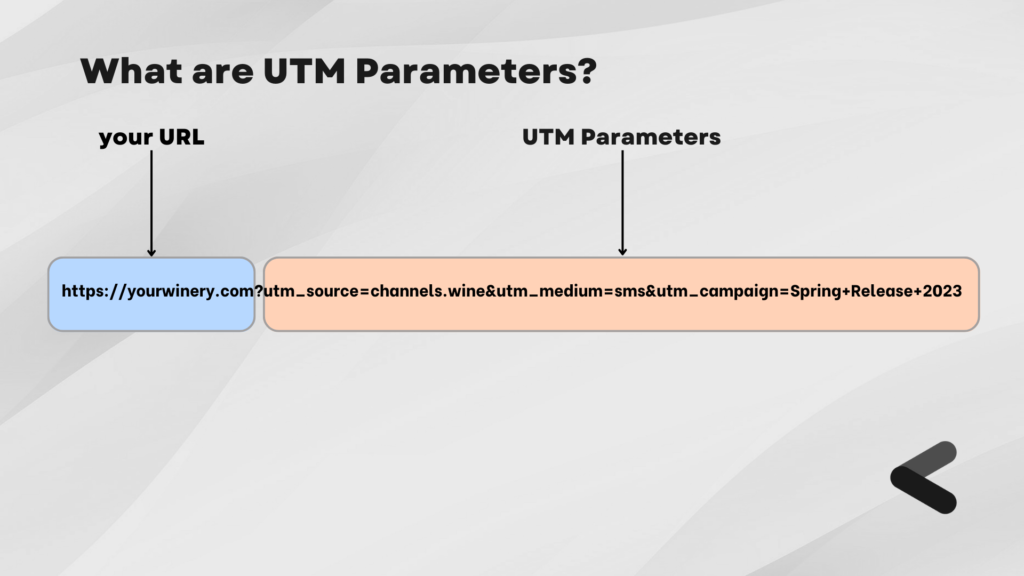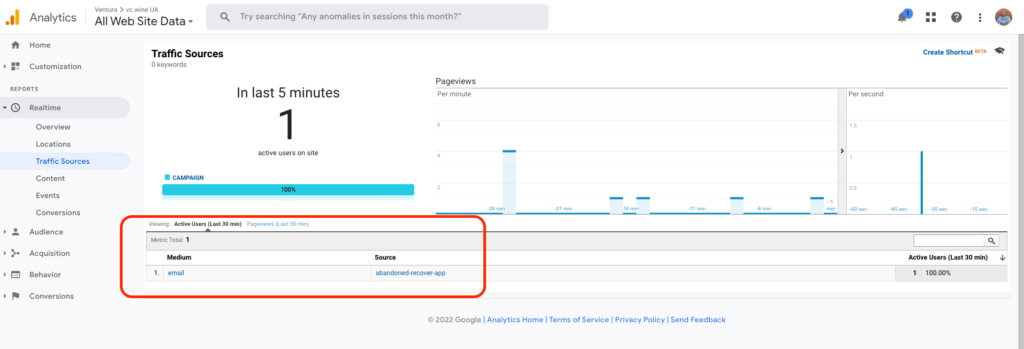If you pull your hair trying to figure out which marketing tactics are working and which are stale, you probably are not using UTM parameters. UTM parameters are the “holy grail” of digital marketing. Why is it so? UTM parameters have become a reliable way to track how well marketing campaigns work. This is very important for the success of your wine business since traditional tracking tools based on 3rd-party cookies are becoming less relevant because of privacy concerns. But, what the heck are UTM parameters?
What are UTM parameters?
UTM parameters are basically bits of code you can add to your URLs to track how well your marketing campaigns are doing. They allow you to see where your traffic is coming from, which is especially important for campaigns that involve multiple channels or platforms.
UTM stands for Urchin Tracking Module. Urchin is a discontinued web statistics analysis program that was developed by Urchin Software Corporation. The company was purchased by Google in 2005 forming Google Analytics.
Links with UTM parameters consist of a URL address followed by a question mark (?), and then your campaign variables separated by ampersands (&), for example: https://www.example.com/?utm_source=adsite&utm_campaign=adcampaign.
UTM parameters generally look like this:

The Different Types Of UTM Parameters
The Source parameter (utm_source)
The utm_source parameter is used to identify the platform or channel that your traffic is coming from, such as Google, Facebook, Instagram, TikTok, the Abandoned Cart Recovery app, or an email newsletter. This allows you to see which channels are driving the most traffic to your website. Think of this as “where” the traffic came from.
The Medium parameter (utm_medium)
The utm_medium parameter is used to identify the type of marketing campaign, such as paid search, social media, or email marketing. This helps you see which types of campaigns are the most effective. Think of this as “how” the traffic was driven to your website.
The most commonly used utm_medium parameters are:
- social
- cpc
- paid
The Campaign parameter (utm_campaign)
The utm_campaign parameter is used to identify the specific campaign name from which the traffic is coming. This is especially useful if you’re running multiple campaigns at the same time, as it allows you to see which campaigns are driving the most traffic. This could be referred to as the “why” the traffic is relevant.
Some ideas on how to name your campaigns:
- (month) + (year) + (business unit) > march+2023+winery+tours
- (quarter) + (year) + (promo) > q1+2023+1+cent+shipping
- (season) + (year) + (event) > spring+2022+new+releases
- (business unit) + (campaign type) > wine+club+signup+retargetting
- (campaing number) > 202201 (Here you will need to document your campaign details separately since this method is less descriptive.)
The idea here is to be consistent with what you go with, to make analyzing reports easy for you.
Other UTM Parameters
There are also other parameters that can be used, such as: utm_term, utm_content and utm_id. These parameters are not required, but they can be used to find out more about the traffic. For example, the utm_term parameter can be used on Search Ads to find out the exact keyword that a user searched for, while the utm_content parameter can be used to find out the exact ad or piece of content that the user interacted with. The utm_id parameter is used to identify which ads campaign this referral references.
You can add other custom parameters for your own internal use, but these are the ones that analytics tools use the most.
How to use UTM parameters?
To use UTM parameters, add them to the URL of your campaign. This can be done using a tool like Google’s Campaign URL Builder, which will generate a unique URL for you to use in your marketing efforts.
Once you’ve added the UTM parameters to your campaign URL, you can use them in your marketing campaigns. When someone clicks on the link, the UTM parameters will be sent to your website, and you can use tools like Google Analytics to track the performance of your campaigns.

Overall, UTM parameters are a valuable tool for wine marketers, as they allow you to track the effectiveness of your campaigns and see where your traffic is coming from. By using them, you can gain valuable insights that can help you improve your marketing efforts and drive more traffic to your website.
In conclusion, always use UTM parameters to know what’s working and what’s not. Then you can spend more time and money on the wine marketing strategies that work best.
